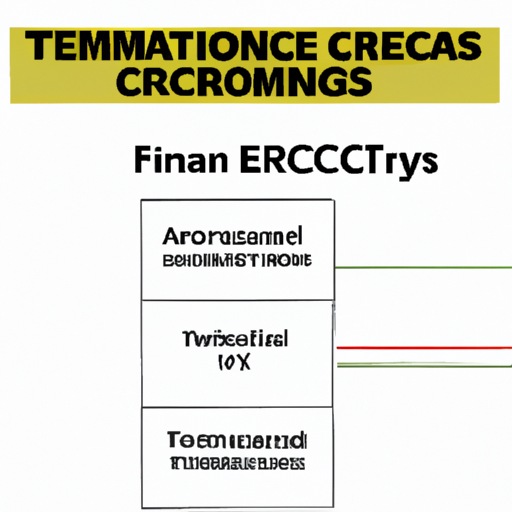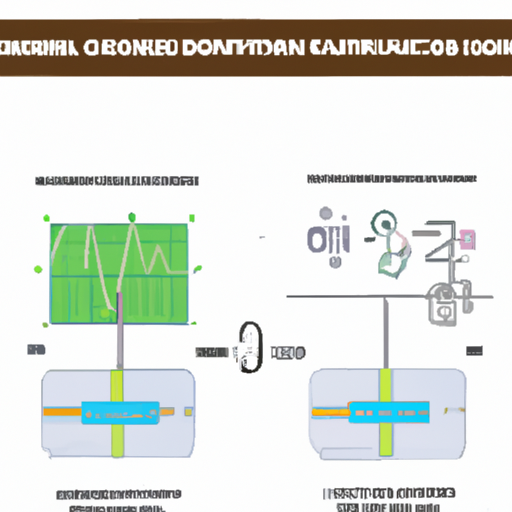ECS-F1VE685K TRIACs highlighting the core functional technology articles and application development cases of TRIACs that are effective.
ECS-F1VE685K TRIAC: Core Functional Technologies and Application Development Cases
TRIACs (Triode for Alternating Current) are essential semiconductor devices that enable efficient control of current flow in AC circuits. The ECS-F1VE685K is a specific model of TRIAC that exemplifies the capabilities and applications of these devices. Below, we delve into the core functional technologies of TRIACs and explore various application development cases that highlight their effectiveness.
Core Functional Technologies of TRIACs
| 1. Bidirectional Control | |
| 2. Gate Triggering | |
| 3. Zero-Crossing Detection | |
| 4. Thermal Stability | |
| 5. Snubber Circuits | |
| 1. Light Dimming | |
| 2. Motor Speed Control | |
| 3. Heater Control | |
| 4. Solid-State Relays (SSRs) | |
| 5. Home Automation Systems | |
| 6. Power Control in Appliances |
Application Development Cases
Conclusion
The ECS-F1VE685K TRIAC exemplifies the critical role TRIACs play in modern electronic applications by providing efficient control of AC power. With features such as bidirectional control, gate triggering, and thermal stability, TRIACs are suitable for a wide range of applications, from lighting and motor control to home automation and industrial systems. Understanding the core technologies and application cases of TRIACs enables engineers and developers to design more effective and efficient electronic systems, ultimately enhancing performance and user satisfaction.






